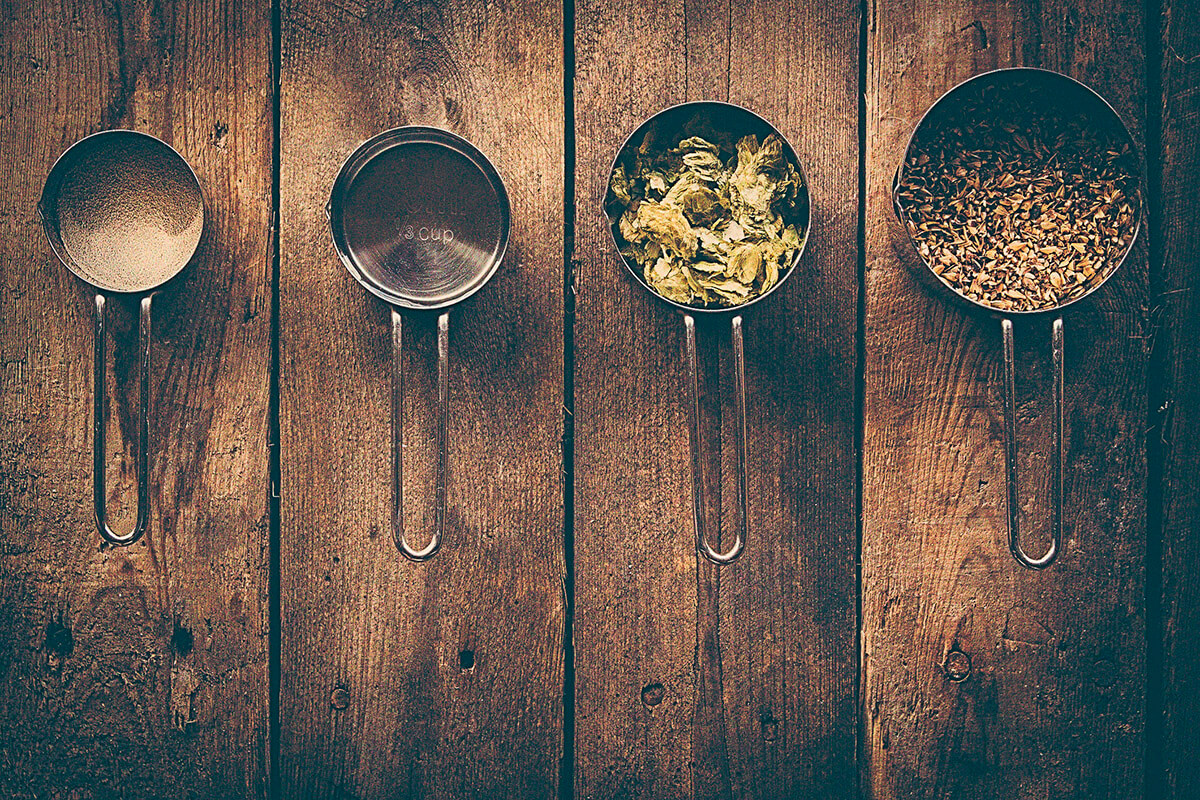
Trends in the Craft Beer Industry: Is Big Beer the Future of Craft?
When we initially fielded research on people’s tastes, attitudes and preferences in the craft beer category, we expected to learn or validate much of what’s already been discovered. Yes, people are suffering a bit from hop overdose. Fruit sours are growing in popularity. People increasingly treat craft beers like wine, pairing them with food. Consumers often discover new craft beers upon recommendation of bartenders and friends, so you need bar staff relations and social media programs to spread the word. Our research backs these trends up, but the question was—were there any surprises?
Just one.
When we asked consumers the fundamental question about how they defined craft beer, we were surprised.
Conventional wisdom has been that most consumers consider craft beer to be created by small/regional brewers. When Coors rolled out Blue Moon, it was no accident that they attributed Keith Villa’s creation to tiny Sandlot Brewing Company and applied the timely discipline to not execute “Red, Light and Blue” displays for Fourth of July (Killian’s Irish Red, Coors Light and Blue Moon).
Blue Moon kept an arms length distance from the Coors portfolio for years to grow as a “discovery beer” until the cat was fully out of the bag. At the time, smart marketing strategy was to let the beer build a fan base without the credibility baggage of coming from a mega brewer. So what’s changed, and how might that impact craft brewing?
Research shows that, increasingly, the craft consumer thinks of craft beer in terms of small batch and quality ingredients. The majority of respondents to our research listed these as the defining factors of craft. Nearly six times as many responses defined craft beer as small batch rather than small brewery.
This shouldn’t be surprising. Spirit distillers have for some years been executing “single barrel” or “small batch” SKUs. The rarity of bourbon from a single barrel, its unique characteristics (and some good marketing) have helped make small batch or limited edition brands desirable while presenting a “halo effect” to the distillers. That’s the opportunity that larger brewers may be missing.
Big Beer and Craft

Unsurprisingly, as craft beer popularity has grown, Big Beer has bought significant stakes in craft brewers. Regional favorites like Goose Island, Terrapin, Hop Valley, Devil’s Backbone, and Ballast Point all made headlines thanks to buying sprees by InBev, MillerCoors, and Constellation.
So the landscape looks something like this:
Big Beer buys (or invests in) craft brewers to gain volume/profit but seemingly doesn’t get any halo effect from consumers.
Small brewers continue to ply their trade while saying that former craft beers purchased by Big Beer are no longer craft because of Brewers Association technicalities.
Consumers increasingly don’t care about the Brewers Association definition of craft, but do like quality products and “small batch.”
What can you expect Big Beer brands to do during this important transition in consumer beliefs? Smart ones will likely look at investing brewing and distribution power into creating legitimate craft brews that reflect the heritage of their master brands (i.e. brew their own limited edition or small batch craft beers).
Take, for example, one of the most delicious craft beers few have tasted—Barmen Pilsner. It’s a ridiculously good craft pilsner with a head so thick it could float a golf ball and a legendary seven-minute pour time. What you may not know is its legend—Barmen is Pete Coors’ recipe and nod to Barmen, Germany, hometown of Adolph Coors.
To beer marketers, a brew like Barmen has everything—great quality, experience, a story that casts a halo on the master brand, and the backing, production, and distribution might of MillerCoors. It also has everything the majority of craft beer drinkers want—great quality, experience, a story, and rare/small batch status.
Clearly, the opportunity for Big Beer brands to brew legitimate craft beers under their own names exists and will grow regardless of how industry trade groups define “craft.” Lovers of craft beer told us they want quality and rarity, not necessarily locality or small brewery origin. By the people’s definition, major opportunity awaits.
This article originally appeared in the July/August issue of Beverage Dynamics.
Our Articles Delivered
Signup to receive our latest articles right in your inbox.

